From 3,500 to 1: Yuri Alekseyevich Gagarin

Most people may know Buzz Aldrin, Michael Collins, and Neil Armstrong. They were the crew of Apollo 11. Michael Collins commanded the Command and Service Module (CSM) that orbited the Moon. Buzz Aldrin and Neil Armstrong became the people to have set foot on the lunar surface. The 1969 Apollo 11 moon landing made them household names. About 650 million watched their amazing venture into space.
But before them, there was Yuri Alekseyevich Gagarin. In 1961, soviet cosmonaut Yuri Gagarin became the first person to visit space on board the spacecraft Vostok 1.
Training The Vanguard Six
The Soviets chose only 20 people out of a pool of 3,500 pilots to become cosmonauts. Subsequently, the Soviets continued to filter the 20 cosmonauts into only six people. These individuals are the best and brightest among all of their peers. Their knowledge is immense, their endurance is solid as steel, and their courage is unmeasurable.
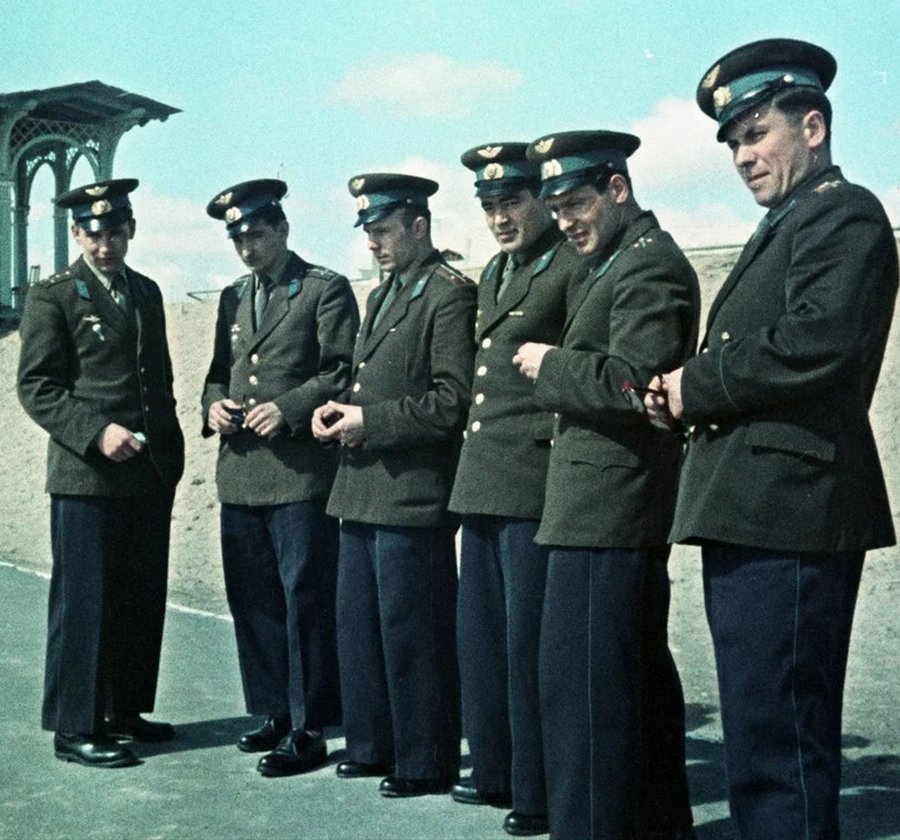
The chosen six people were Grigory Nelyubov, Valery Bykovsky, Yuri Gagarin, Andriyan Nikolayev, Gherman Titov, and Pavel Popovich. The soviets gave them the name of Vanguard Six. Similarly named like their American counterparts, Mercury Seven.
The Vanguard Six went northeast from Moscow. And deep in the forest of Shchyolkovsky District, they will find the Tsentr Podgotovki Kosmonavtov: the Cosmonaut Training Centre. There they will train and hone their skills. This is to prepare them for the difficult mission of going into space.
The Dangers of Space Travel
It was Lieutenant General Nikolai Kamanin who led the training process. He was a legendary aviator in the Soviet Union. And also, the Soviet Union made him a Hero of the Soviet Union in 1934. The cosmonauts’ training was intense. Injuries happened because of the intensity of the training. At one point, cosmonaut Anatoly Kartashov blew off his back blood vessels. This happened during training with Dr. Kotovskaya’s dreaded centrifuge. This contraption spins a person around in a circle creating a sensation similar to launching into space.

The logic behind the intensity was to prepare the cosmonauts for the worst. Because flying into space means you might die in space. LtGen. Kamanin echoed this sentiment by saying ”Who among these six will go down in history as the first person to fly in space?” and then he asked “Who will be the first of them to pay with his life in making this daring attempt?” because there was “no guarantee of a safe landing.” when returning to Earth.
Choosing the First to Fly

According to LtGen. Kamanin, “All six cosmonauts are great guys” but only one can go into space. The Soviet leaders planned to determine who will be first to fly by testing their capabilities and trust in each other. Examiners first tested the six cosmonauts’ knowledge about the mission. Then they would test their physical endurance to handle the launch. Afterward, the Soviets planned on letting the Vanguard Six vote amongst themselves to choose who would fly first.
12th of April 1961: Launching Vostok 1
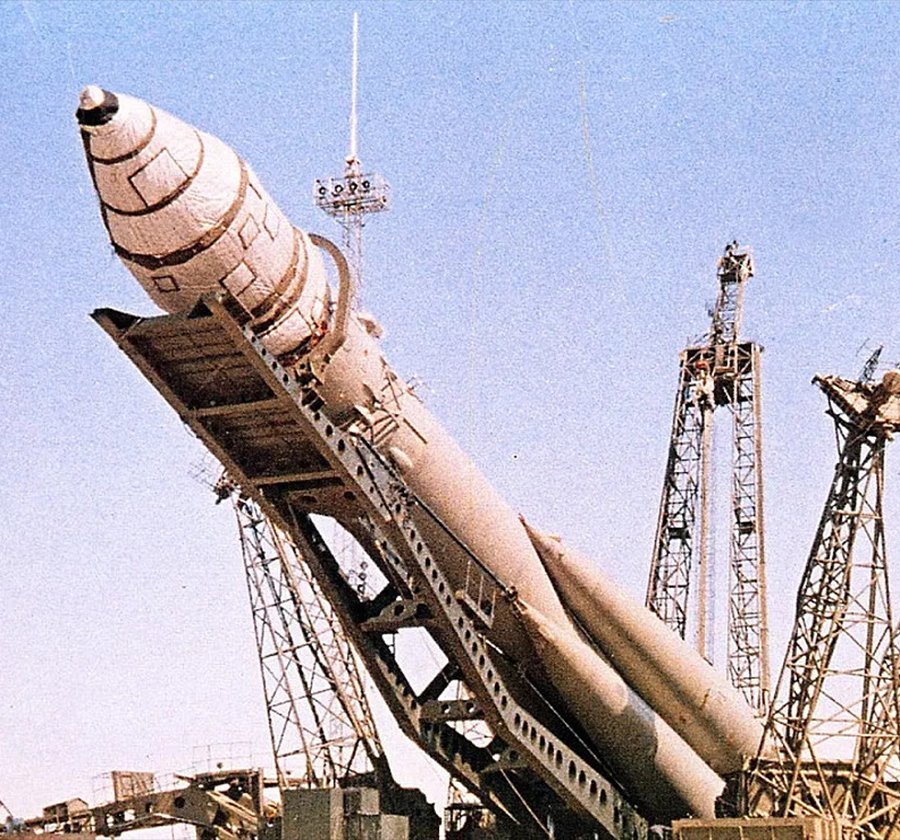
The results of the examination show that all of them were capable. And the outcome of the vote shows Yuri Alekseyevich Gagarin received most of the votes. Because of this, he chosen to be the first to go into space.
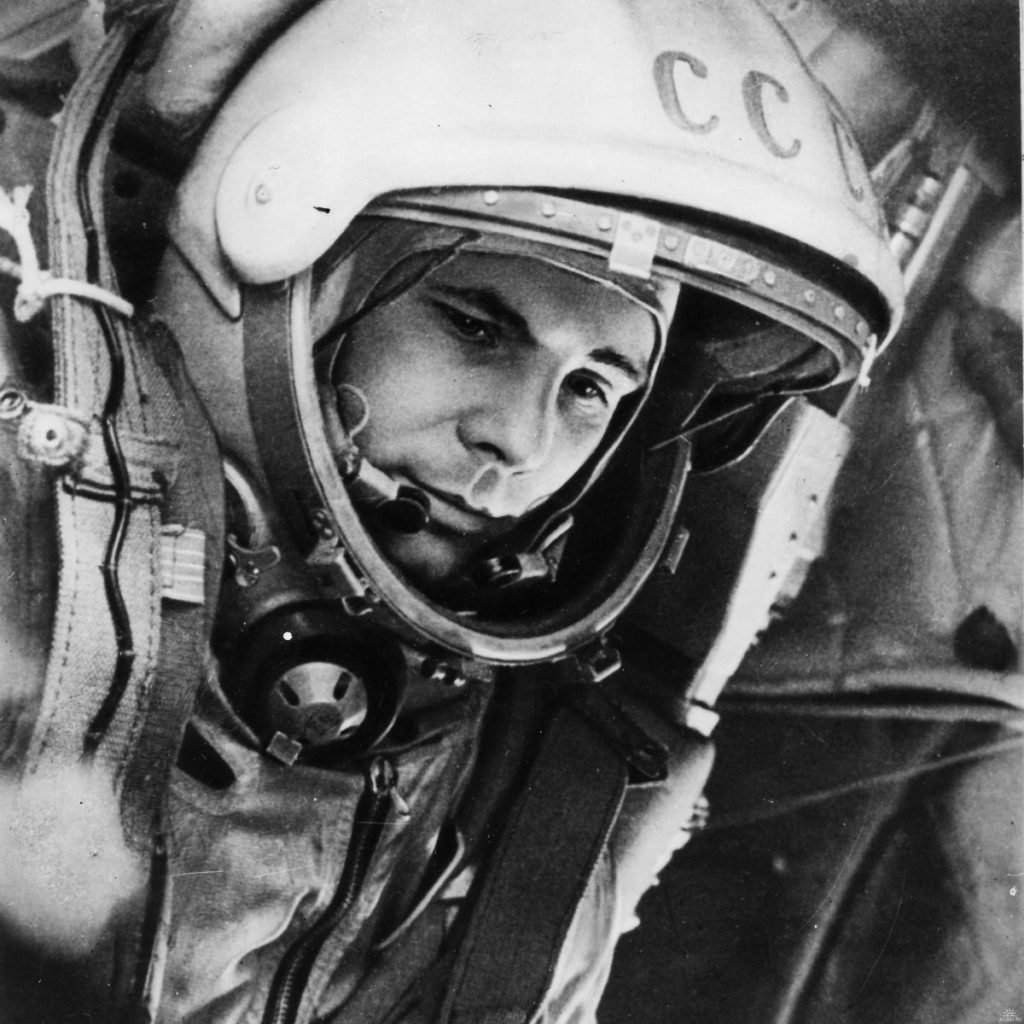
On the 12th of April 1961, Yuri Gagarin boarded the spherical spacecraft Vostok 1. The Soviets launched Vostok 1 into space at 9:07 AM Moscow time. The spacecraft reached an altitude 301 km and stayed in orbit for 1 hour 29 minutes. And then, Gagarin landed back on Earth at 10:55 AM.
Yuri Gagarin’s Legacy
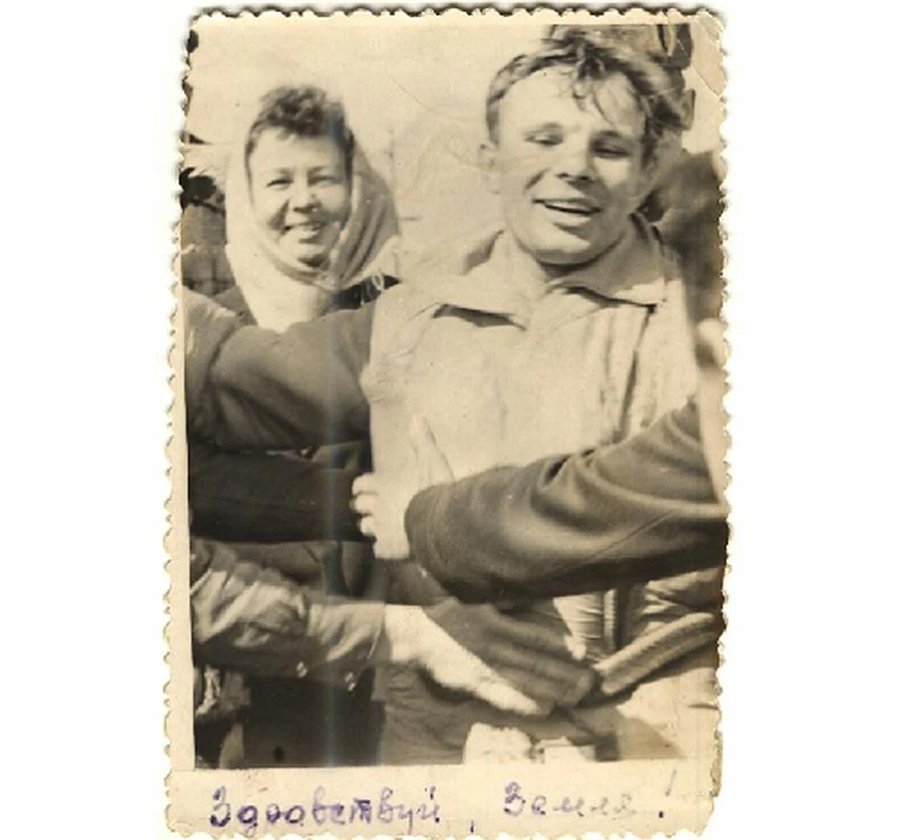
After the successful mission, he became one of the most popular people on the planet. Because of his popularity, he went on tours around the world. And so, he was able to visit nations like the US, the UK, India, Sri Lanka, and even Afghanistan.
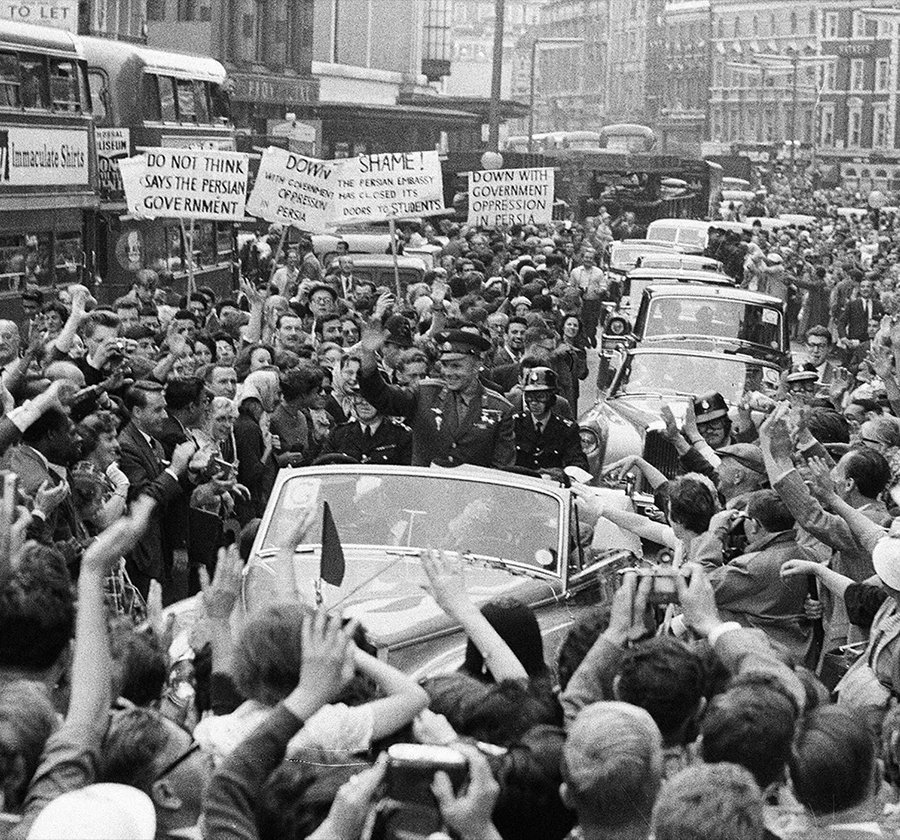
Afterward, he became the deputy director of the new Cosmonaut Training Centre. He continued to help with the Soviet space program by training other cosmonauts. In 1967, he became was reserve pilot for the first Soyuz mission to land on the Moon.
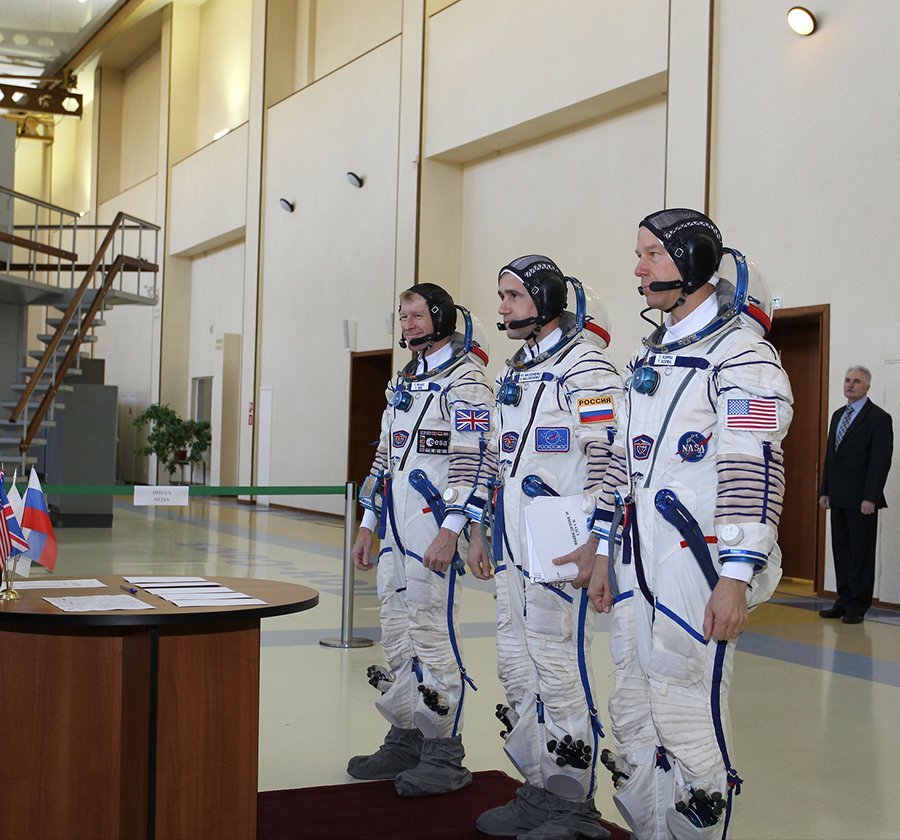
Moreover, the Soviet Union changed the name of the Cosmonaut Training Centre after him. Currently, the center is now the Yuri Gagarin Cosmonaut Training Centre. The Soviets did this as appreciation for what he has done for the state and the development of space travel.
Gagarin’s legacy lives on with every generation of cosmonauts training in them. And with every venture into space.
Martin is your average manileño. He loves history and traveling around his beloved Metro Manila. His passion is to make the past come to life by exposing past stories not known by the general public. Tag along with him as he visits the past through the present.






